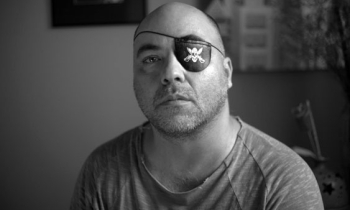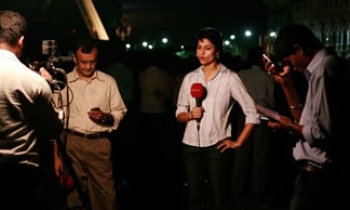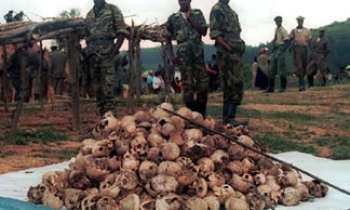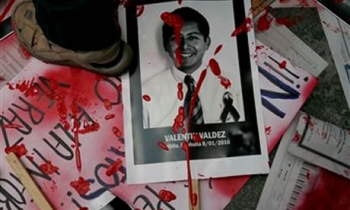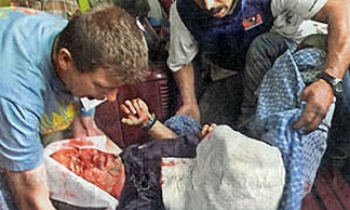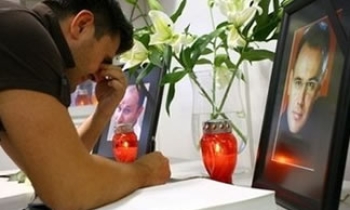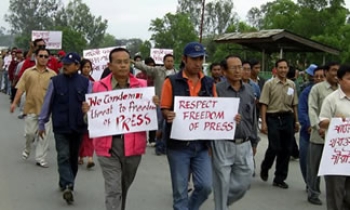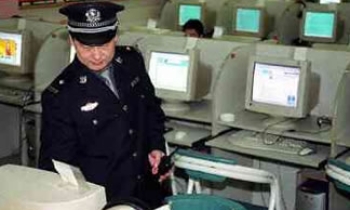Le Monde, the highbrow French daily, has finally decided to get its act together and go in for a facelift to start with. It has launched its first major editorial redesign in a decade with emphasis on bigger photographs, more colour, larger typefaces, and fewer articles to hold on to its steadily eroding base of readers and advertisers.

The traditional Le Monde was last redesigned in 1995, much before before the advent of the Internet, television networks and mobile phones, and spawning of free newspapers. The makeover has been facilitated by Ally Palmer and Terry Watson, former artistic director and editor respectively of the Scotsman.
The redesign is being seen as a bold step for the most literary of France's mainstream dailies, founded on the initiative of Charles de Gaulle in December 1944, just four months after the liberation of Paris from Nazi occupation. The new-look newspaper has three sections � news, commentary and analysis, and lifestyle.
Le Monde remains the largest in terms of cumulative circulation in France and abroad with 372,310 copies. It is still ahead of sports daily L'Equipe (357,731) and arch rival Le Figaro (343,594). Last summer, however, Le Figaro's 326,690 readers in France overtook Le Monde's 343,56. Le Figaro, which relaunched on October 3 has already increased its circulation by 4.9 per cent (by October 26).
"Yesterday, it was often said that newspapers controlled their readers," Le Monde publisher, Jean-Marie Colombani, wrote in the announcement editorial on Monday. "Nowadays these same readers have huge freedom of choice, and even the opportunity to make their own voices heard, thanks to the development of the Internet."
Though Colombani talks about the Internet, the director of the World Editor's Forum Bertrand Pecquerie feels the online edition seems to have been forgotten altogether. Pecquerie wrote in EditorsWeblog, "You have to wait till the last page for a brief mention of lemonde.fr (3 million unique visitors per month, a score that challenges the print edition). It is a missed occasion for more interaction between both editions." There does not seem to be much sync between the print and online editions yet.
The newspaper has also done away with the special Le Monde typeface created for it in 1994 by French designer Jean-Fran�ois Porchez, and gone in for the Fenway typeface created for Sports Illustrated in the 1990s. Porchez told the International Herald Tribune, "Of course I'm sad because my typeface is not used anymore, but I'm very happy with the new design."

The new style, he pointed out, reflects an evolving trend for newspapers across Europe: "Le Monde has stopped trying to put all news out front because in fact everybody has all the news. They are more like a magazine, taking strong decisions and risks on one subject." Porchez himself has just completed a makeover for the Baltimore Sun in the United States.
The French newspaper industry has been seeing some shuffling of late. In a Euro 65 million (US$78 million) deal last month, French defence-to-media group Lagardere SA took a 17 per cent stake in Le Monde, with Grupo Prisa, publisher of Spain's El Pais, acquiring another 17 per cent. Defence tycoon Serge Dassault took control of Le Figaro in 2004, and former banker Edouard de Rothschild became the main shareholder in left-wing Liberation earlier this year
The advertising scene too has not been particularly encouraging. Newspapers' share of French advertising spending fell to 30.5 per cent last year from 30.9 per cent in 2003, according to ZentithOptimedia, a division of Paris-based advertising group Publicis, while websites increased their share to 3.7 per cent from 3.2 per cent. According to Zenith's predictions, the share of newspapers is likely to dip further to under 30 per cent in the next two years, while online advertising is tipped to climb up to 5 per cent.

